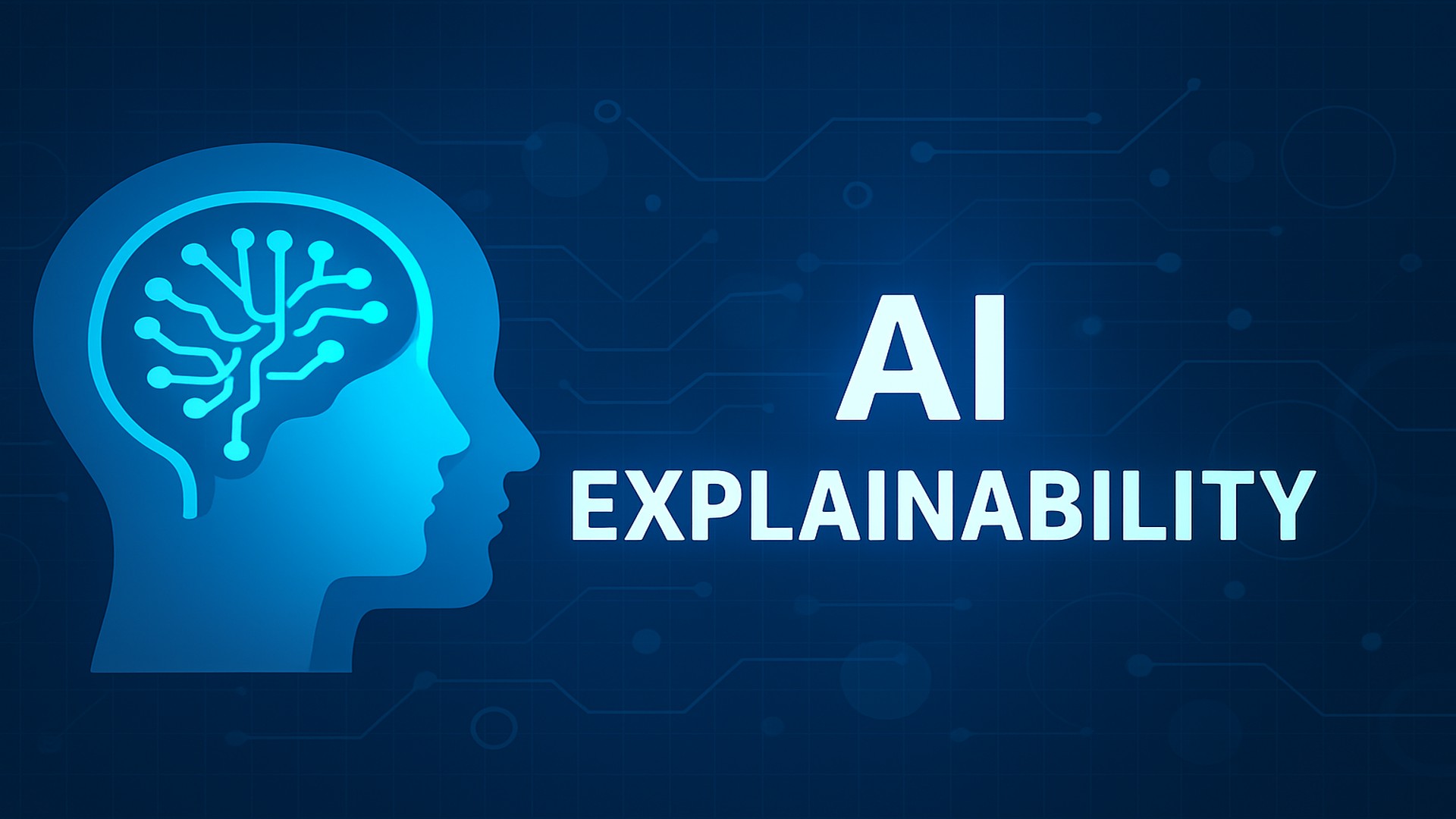Why Insurance Actuaries are Making the Big Shift to Data Automation and Big Data Analytics

Actuaries solve some of insurance’s biggest problems. They are tasked with designing new products and are like acrobats walking a tightrope between ensuring that the premiums are profitable even while still being competitive when compared to other carriers.
Data is crucial for actuaries as it forms the foundation for their analysis, modeling, and predictions, enabling insurance actuaries to make informed decisions and mitigate risks effectively. Over the past few years, we have seen an explosion of new data sources largely from the surge of connected devices and API-powered applications to social media, phone applications, and the Internet of Things. In order to remain competitive, actuaries are now tasked with determining how best to navigate these unprecedented digital waters. They are discovering new ways of accessing non-traditional data and determining how to make it useful to both insurance companies and consumers.
Actuaries need Big Data And AI for Insurance Business Intelligence
Actuarial science applies mathematical and statistical methods along with probability principles to assess financial risk in the insurance and finance fields. It comes as no surprise that as the volume of data inputs increases that actuaries turn to AI and big data analytics. Traditional methods can no longer parse the massive and rapidly changing data sets.
Let's dig deeper into how intelligent automation is specifically helping in insurance analytics with an emphasis on insurance actuaries:
Advanced Risk Modeling
Intelligent data automation, particularly AI and machine learning, can assist actuaries in developing more sophisticated risk models. By leveraging AI algorithms, actuaries can process and analyze vast amounts of data, including historical claims data, economic indicators, demographic information, and even unstructured data like social media sentiment. This enables them to uncover hidden patterns and correlations, leading to more accurate risk assessments and enhanced predictive modeling.
Many insurance carriers in America are employing AI in designing their product offerings. For instance, a technology-driven homeowners insurance company in the USA utilizes AI modeling to develop its innovative policy products. By incorporating AI into their risk modeling, they could analyze a wide range of data sources, including property attributes, location data, and external risk factors. The AI models helped assess risks more accurately and efficiently, allowing the company to offer tailored coverage and pricing to homeowners.
The AI algorithms considered various factors, such as the property's construction materials, proximity to fire hydrants, crime rates, and weather patterns, to assess the level of risk associated with each property.
Additionally, the AI models continuously learn and adapt based on new data inputs, improving the accuracy of risk assessment over time. This dynamic approach allows insurance companies to stay updated with changing risk profiles and ensure that their policy products remain relevant and competitive in the market.
Also Read: How the Advancements in AI are Transforming the Property Insurance Market
Real-time Data Analysis
Actuaries traditionally rely on historical data to make predictions and assess risks. However, intelligent automation enables them to access and analyze real-time data streams. This is particularly beneficial in dynamic insurance sectors, such as property and casualty, where risks can change rapidly.
Actuaries can leverage AI algorithms to monitor real-time data, such as weather patterns, market fluctuations, or customer behavior, and incorporate these insights into their risk assessments and pricing models.
While there are many non-traditional data sources, the volume of data from government sources is most valuable. The federal government has thousands of data points that it collects about us as citizens. This includes data on seat belt wearing, life satisfaction, crime rate in a location, etc. For instance, The National Highway Traffic Safety Administration (NHTSA) gathers data on traffic accidents, including information on fatalities, injuries, and property damage. Insurance data analytics use this data to evaluate risks associated with auto insurance, estimate accident frequency and severity, and develop pricing models.
Also Read: Everything You Needed to Know About AI for Insurance
Enhanced Actuarial Modeling Efficiency
Actuarial modeling involves complex calculations and simulations that can be time-consuming. Insurance data analytics in the modern age must turn to Intelligent automation to accelerate these processes. By automating repetitive tasks and computations it helps insurance actuaries to fine-tune rate tables and interpret data more efficiently.
AI can identify patterns, trends, and correlations in complex datasets, helping actuaries make accurate predictions and assessments. For instance, AI algorithms can automate data cleansing and preparation, perform complex calculations, and generate reports or visualizations. This allows actuaries to focus on higher-value tasks, such as model design, validation, and interpretation of results
Here are just a few ways AI and Big Data Analytics have pushed the borders of capability in actuarial science:
-
Automated data visualization hands over the decision to Ai to decide the appropriate visualization types, such as bar charts, scatter plots, or heatmaps, to represent the information effectively. This automation accelerates the data exploration process and enables actuaries to quickly identify patterns, trends, and anomalies.
-
NLP techniques are now being deployed by actuaries. Natural Language Processing (NLP) tools extract key insights from textual data, such as customer reviews, Fpropert, or insurance claims descriptions. AI can automatically analyze and summarize text, identify sentiment, extract relevant keywords, and visualize textual data through word clouds or sentiment analysis charts, providing valuable insights for decision-making.
-
Interactive Visualizations or AI-powered visual analytics tools can create interactive dashboards and reports that allow actuaries to explore data dynamically. Actuaries can interact with visualizations by filtering data, drilling down into details, and changing parameters. AI algorithms enable real-time updates and responsiveness, allowing users to gain immediate insights and adjust visualizations on the fly.
-
Pattern Recognition and Anomaly Detection: AI algorithms can identify complex patterns and outliers in large datasets, which can be challenging for humans to detect manually. In visual analytics, AI can automatically highlight clusters, trends, and anomalies in the data and these techniques are helping actuaries to uncover hidden patterns or identify potential risks and opportunities, enhancing their decision-making capabilities
Scenario Analysis and Stress Testing
Actuaries need to evaluate the impact of different scenarios and stress tests on insurance portfolios. Intelligent automation can assist in running simulations and scenario analysis, helping actuaries assess the financial implications of various events, such as natural disasters, economic downturns, or regulatory changes. AI algorithms can generate probabilistic models and perform Monte Carlo simulations, providing actuaries with valuable insights into potential risks and guiding strategic decision-making.
Fraud Detection and Prevention
Actuaries are also involved in fraud detection and prevention efforts. Intelligent automation can augment their capabilities in this area. By analyzing large volumes of structured and unstructured data, AI algorithms can identify patterns, anomalies, and potential indicators of fraudulent activities. Actuaries can leverage these insights to enhance fraud detection models, develop robust control frameworks, and implement proactive measures to prevent fraudulent claims and mitigate financial losses.
Continuous Learning and Adaptation
Intelligent automation technologies, such as machine learning, enable actuaries to continuously learn and improve their models. By feeding updated data into AI algorithms, actuaries can refine their risk models, incorporate new factors, and adapt to changing market dynamics. This iterative process enhances the accuracy and reliability of actuarial predictions and enables actuaries to stay ahead of emerging risks and trends.
While this may seem a hypothetical example, its application is already used by insurance companies. Let's say an insurance company wants to introduce a new type of insurance coverage specifically tailored for rideshare drivers. They want to offer a policy that accurately assesses the risk associated with this particular segment of drivers and provides them with adequate coverage at competitive prices.
In this case, insurance actuaries can leverage AI models to analyze a vast amount of data related to rideshare drivers, including driving behavior, trip data, location information, and accident statistics. The AI model can learn from this data to identify patterns and correlations specific to rideshare drivers, such as peak times of accidents, common driving routes, or factors that contribute to higher or lower risks.
Based on the insights gained from the AI model, the actuaries can then design a new insurance product that addresses the unique risks faced by rideshare drivers. For example, the policy may include coverage for accidents that occur while drivers are actively logged into a rideshare app or waiting for a passenger. It may also consider factors like passenger ratings, driving experience, and time spent on the road to calculate premiums more accurately.
The AI model can continuously learn and adapt as it gathers new data from rideshare drivers, allowing the insurance company to refine and optimize the new product over time.
Finally…
It's worth noting that the adoption of intelligent automation in actuarial practices requires a balance between automation and human expertise. Actuaries play a vital role in interpreting the results, validating models, and ensuring compliance with regulatory standards. SimpleSolve core insurance platform is built for extensive integration of AI capabilities. We have created a partner ecosystem that brings together more than 100 AI tools for simple one-point integration.
Topics: A.I. in Insurance








.jpg)
